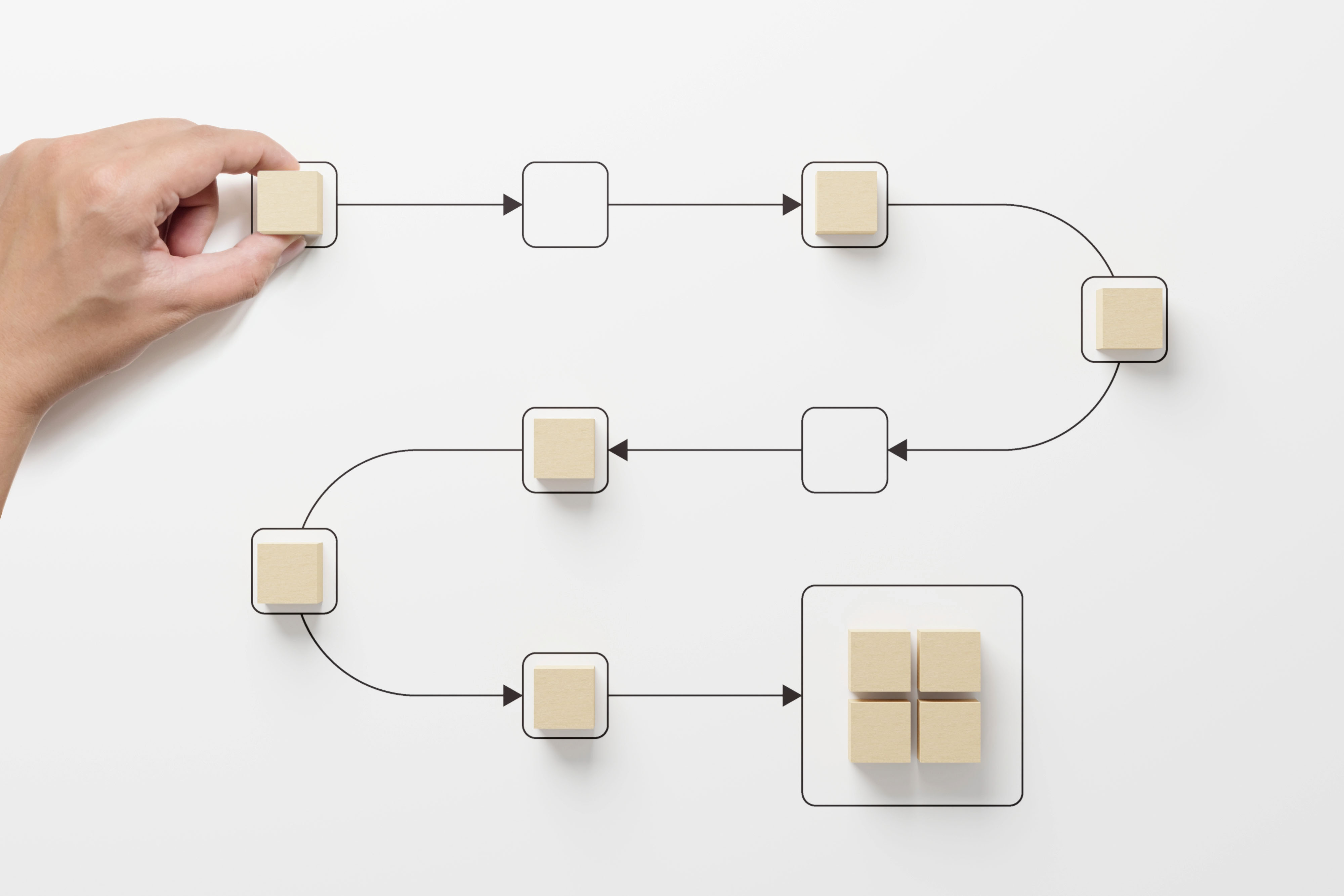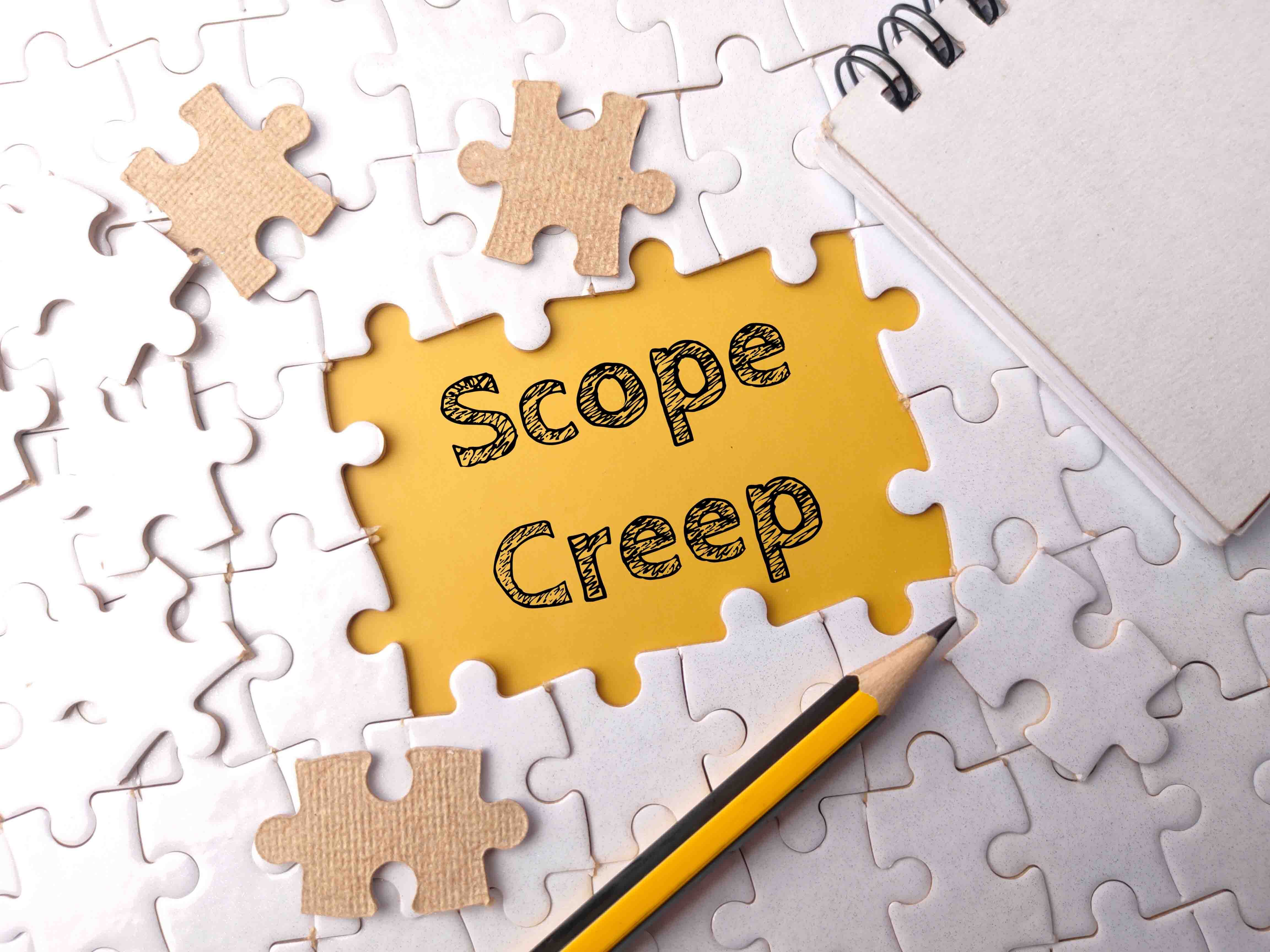Below are the basic questions that need to be answered to develop an effective media campaign plan. The following questions can be a useful first step for media planning:
-
What goals do you want to accomplish?
Pinpoint very specifically the action and/or awareness that you want your target audience to adopt.
-
Who is the target audience?
The target audience is a segment of a population that will receive the media message. Carefully dissect the population into the target category by profiling the audience to better understand their attitudes, knowledge, and behaviour. Knowing what the target audience thinks about the issue at hand and where they obtain information will play an important part in determining appropriate media channels used in delivering your message.
-
What messages will bring about the desired change or outcome?
Message development is of utmost importance. The root message should come from quality discussion and brainstorming. The root message also should position your goal in a unique and appealing way to the target audience. Choose more than one message (but no more than three) to prevent staleness and to encourage a view from different angles. Suggestions for message development include: interviews, surveys, focus groups, and piloting materials with the target audience.
-
What media channels will be the most efficient and cost-effective?
There are several categories of mass media: News media includes television, radio, newspapers, magazines, and periodicals. Advertising and public service announcements may involve print, radio, television and billboards/bus boards.
What is a social media marketing plan?
A social media marketing plan is the summary of everything you plan to do and hope to achieve for your business with the same principle as explained above but this time using social networks. This plan should still comprise an audit of where your accounts are today, goals for where you want them to be in the near future, and all the tools you want to use to get there.
Let’s now discuss the fun part, posting to social media. You know who your ideal customer is and you used that information to create your social media mission statement. Armed with this information it should be easy for you to begin creating and curating content.
So, what exactly is considered content? Here are a few examples of content you could create:
-
Images
-
Videos
-
Blog Posts
-
Company News
-
Infographics
-
eBooks
-
Interviews
The list of content ideas goes on and on, but make sure you focus only on forms of content that align with your mission statement, as well as your skill set. Content is what fuels social media, so it is crucial that you consider creating high quality, engaging content as a top priority.
Many businesses create accounts on every popular social network without researching which platform will bring the most return. You can avoid wasting your time in the wrong place by using the information from your buyer personas to determine which platform is best for you.
If your prospects or customers tell you they spend 40% of their online time on Facebook and 20% on Twitter, you know which primary and secondary social networks you should focus on.
When your customers are using a specific network, that’s where you need to be—not everywhere else.
Not sure how a media campaign plan can help? Find out more about media planning at London Training For Excellence, give us a call on +44 20 7183 6657.
 All Courses
All Courses
 Accounting and Finance
Accounting and Finance Administration and Office Management
Administration and Office Management Business Administration
Business Administration Chemical Engineering
Chemical Engineering Communications and Public Relations (PR)
Communications and Public Relations (PR) Compliance and Legal
Compliance and Legal Construction Management
Construction Management Contract and Project Management
Contract and Project Management Customer Experience and Relationship Management
Customer Experience and Relationship Management Data Management and Business Intelligent
Data Management and Business Intelligent Digital Transformation
Digital Transformation Energy and Sustainability
Energy and Sustainability Health, Safety and Environment
Health, Safety and Environment Healthcare Management
Healthcare Management Hospitality & Tourism
Hospitality & Tourism Human Resources and Talent Development
Human Resources and Talent Development Industrial Manufacturing and Production
Industrial Manufacturing and Production Innovation and Artificial Intelligence (AI)
Innovation and Artificial Intelligence (AI) Leadership and Management
Leadership and Management Oil and Gas
Oil and Gas Procurement & Supply Chain Management
Procurement & Supply Chain Management Public Sector
Public Sector Quality and Productivity
Quality and Productivity Retail and E- Commerce
Retail and E- Commerce Sales and Marketing
Sales and Marketing Sports Event Management and Operations
Sports Event Management and Operations Strategy and Business Planning
Strategy and Business Planning Sustainability and CSR
Sustainability and CSR Learning Solutions
Learning Solutions
 About Us
About Us
 iLearn Blog
iLearn Blog
 Directory Calendar
Directory Calendar
 Contact Us
Contact Us
 All Courses
All Courses
 Accounting and Finance
Accounting and Finance Administration and Office Management
Administration and Office Management Business Administration
Business Administration Chemical Engineering
Chemical Engineering Communications and Public Relations (PR)
Communications and Public Relations (PR) Compliance and Legal
Compliance and Legal Construction Management
Construction Management Contract and Project Management
Contract and Project Management Customer Experience and Relationship Management
Customer Experience and Relationship Management Data Management and Business Intelligent
Data Management and Business Intelligent Digital Transformation
Digital Transformation Energy and Sustainability
Energy and Sustainability Health, Safety and Environment
Health, Safety and Environment Healthcare Management
Healthcare Management Hospitality & Tourism
Hospitality & Tourism Human Resources and Talent Development
Human Resources and Talent Development Industrial Manufacturing and Production
Industrial Manufacturing and Production Innovation and Artificial Intelligence (AI)
Innovation and Artificial Intelligence (AI) Leadership and Management
Leadership and Management Oil and Gas
Oil and Gas Procurement & Supply Chain Management
Procurement & Supply Chain Management Public Sector
Public Sector Quality and Productivity
Quality and Productivity Retail and E- Commerce
Retail and E- Commerce Sales and Marketing
Sales and Marketing Sports Event Management and Operations
Sports Event Management and Operations Strategy and Business Planning
Strategy and Business Planning Sustainability and CSR
Sustainability and CSR Learning Solutions
Learning Solutions
 About Us
About Us
 iLearn Blog
iLearn Blog Directory Calendar
Directory Calendar
 Contact Us
Contact Us














































 Course category
Course category Course Venue
Course Venue
